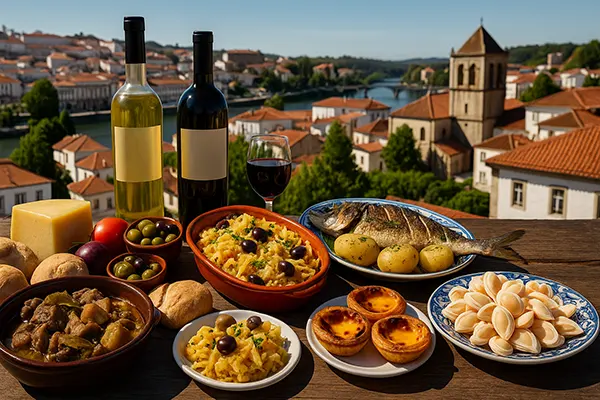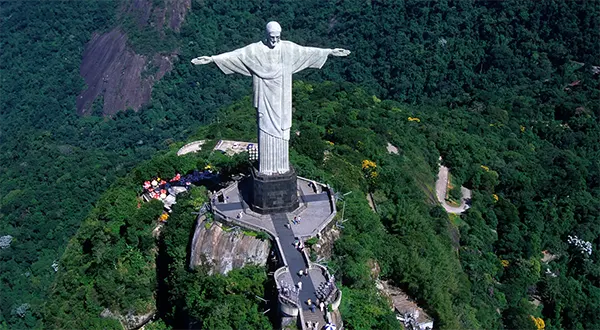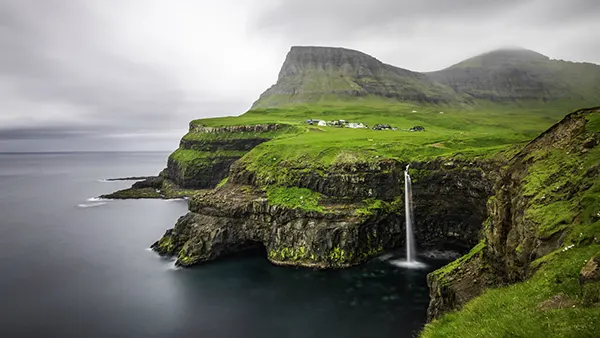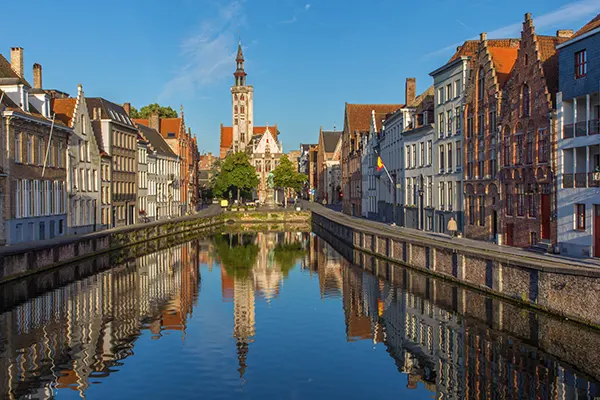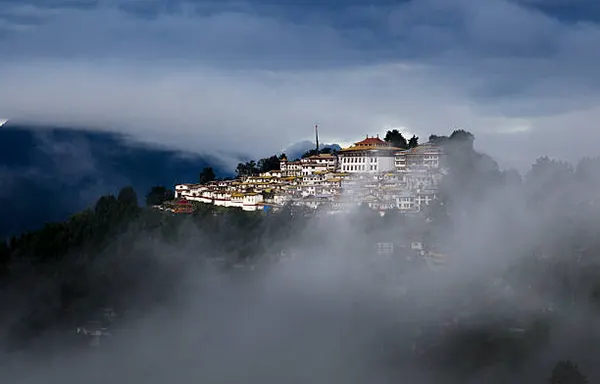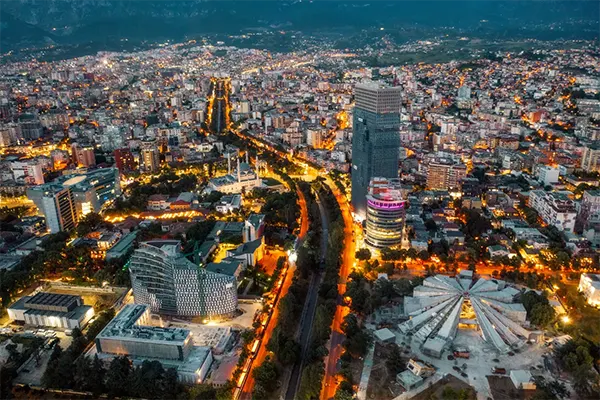
Tirana – The Undiscovered Gem of the Balkans: The Modern Face of Albania
Tirana, the vibrant capital of Albania, has emerged as one of the most fascinating cities in the Balkans. Once a hidden enclave behind political isolation, it now radiates modern energy, youthful creativity, and an authentic mix of cultures. As of February 2025, the city has continued to flourish, attracting curious travellers, digital nomads, and investors seeking the next European hotspot. This article explores Tirana’s transformation, culture, and lifestyle – a real look at Albania’s beating heart.
Urban Renaissance: Tirana’s Transformation
Over the past two decades, Tirana has undergone a dramatic urban revival. With the leadership of visionary mayors, the city has replaced grey communist-era facades with colourful, art-inspired architecture. The pedestrian-friendly New Bazaar (Pazari i Ri), the Grand Park around the artificial lake, and Skanderbeg Square are symbols of this revival. Green spaces, bicycle lanes, and modern buildings now characterise much of central Tirana.
The capital’s cityscape now combines sleek new skyscrapers like Downtown One with well-preserved Ottoman and Italian buildings. As of 2025, significant urban investments are focused on eco-friendly public transport and smart city technologies. These projects aim to enhance quality of life for locals while supporting Tirana’s tourism and digital economy ambitions.
Government initiatives have also focused on accessibility and sustainability. Urban policies have prioritised inclusive mobility, the use of solar energy in public buildings, and reforestation in metropolitan areas. This shift in city planning makes Tirana not only more liveable but also one of the most progressive capitals in Southeast Europe.
Cultural Landmarks and the Artistic Spirit
Tirana’s cultural landscape is a vivid mosaic of its layered history. The National History Museum and the House of Leaves offer insight into Albania’s complex past, including its communist legacy. Meanwhile, BunkArt 1 and 2 – massive former bunkers turned museums – serve as artistic and historical spaces unique to Albania.
Since 2020, the city has embraced street art, hosting murals on large building walls across neighbourhoods like Kombinat and Blloku. The Tirana Art Lab and Tulla Cultural Centre support contemporary creators and attract international collaborations. The city is also a regular venue for art and design festivals such as TIFF and Design Week, further cementing its place on the creative map of Europe.
Tirana’s youth-driven energy fuels this vibrant culture. Music events, techno clubs like Folie and innovative theatre performances at the National Theatre provide a dynamic scene. The city’s post-communist generation is at the forefront of this cultural reawakening.
Gastronomy and Social Life
Tirana’s food scene blends traditional Albanian cuisine with Mediterranean and Balkan flavours. From cosy tavernas serving byrek and fërgesë to gourmet spots like Padam and Mullixhiu, the city caters to all tastes. As of 2025, culinary tourism is thriving, and several Tirana chefs have gained international recognition.
Farm-to-table concepts and organic produce dominate local markets such as Pazari i Ri. Restaurants have also integrated vegetarian and vegan menus, meeting global trends. Tirana’s café culture, inspired by Italian influences, remains central to its social life. Locals often spend hours at open-air cafés sipping espresso or local beers like Korça.
In recent years, rooftop bars and wine lounges have become popular, particularly in trendy areas like Blloku and Pazari i Ri. These venues offer both a taste of Albanian wines and a panoramic view of the city, contributing to an increasingly cosmopolitan lifestyle without losing the capital’s distinctive charm.
Local Experiences and Community Vibe
What sets Tirana apart is the strong sense of community and authenticity. In neighbourhoods like Tirana e Re and Selita, visitors can engage with locals, visit farmers’ cooperatives, or enjoy Sunday walks along Lana River. People welcome guests warmly, and many speak English, especially the younger generation.
Locals actively participate in civic initiatives – from community gardening to art restoration – reinforcing the idea that Tirana belongs to its people. Open-air cinemas, flea markets, and weekend craft fairs are commonplace and foster a deeper connection between residents and the city’s rhythm.
The capital also has a growing community of remote workers. Co-working spaces like Destil Creative Hub and Coolab provide networking opportunities and a relaxed yet productive environment. This shift has helped Tirana become more globally connected while maintaining its neighbourhood intimacy.
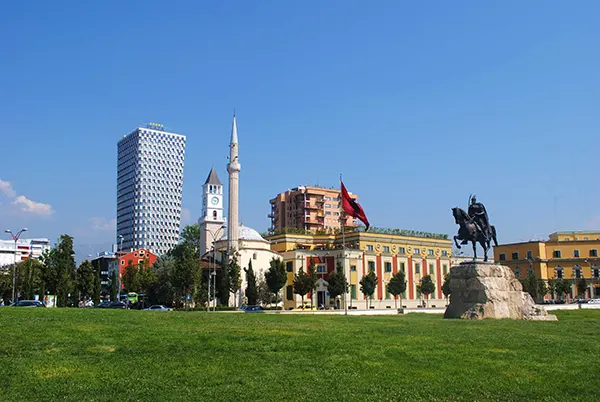
Travel Infrastructure and Accessibility
In 2025, Tirana is more accessible than ever. Tirana International Airport (Nënë Tereza) has expanded, with direct flights connecting the city to over 60 European destinations. Low-cost airlines and increased international interest have significantly boosted inbound tourism.
Public transportation continues to modernise, with electric buses introduced in 2024 and a digital ticketing system expected by mid-2025. The city is also expanding its bike-sharing scheme, which complements its walkable centre and park routes.
Accommodation options have grown to match this tourism wave. From boutique hotels in restored villas to affordable hostels and short-term rentals, Tirana accommodates every type of traveller. This includes eco-certified lodgings and digital nomad-friendly stays, many of which now provide workspaces and fast fibre-optic internet.
Future Outlook and Investment Potential
Tirana’s economic and tourism growth is poised to continue. The Albanian government has prioritised digitalisation, EU integration, and infrastructure improvement, making the capital attractive for investors and entrepreneurs. Sectors like tech, real estate, and sustainable tourism show strong potential for development.
International events such as the 2023 EU-Western Balkans Summit held in Tirana have placed the city on the geopolitical radar. Its location, openness, and relative affordability make it a strategic destination for international companies and startups exploring the Balkan region.
As it balances modernity with tradition, Tirana stands as a symbol of Albania’s dynamic future. With continued investment in culture, sustainability, and innovation, it is well on its way to becoming one of Europe’s most remarkable capital cities.

